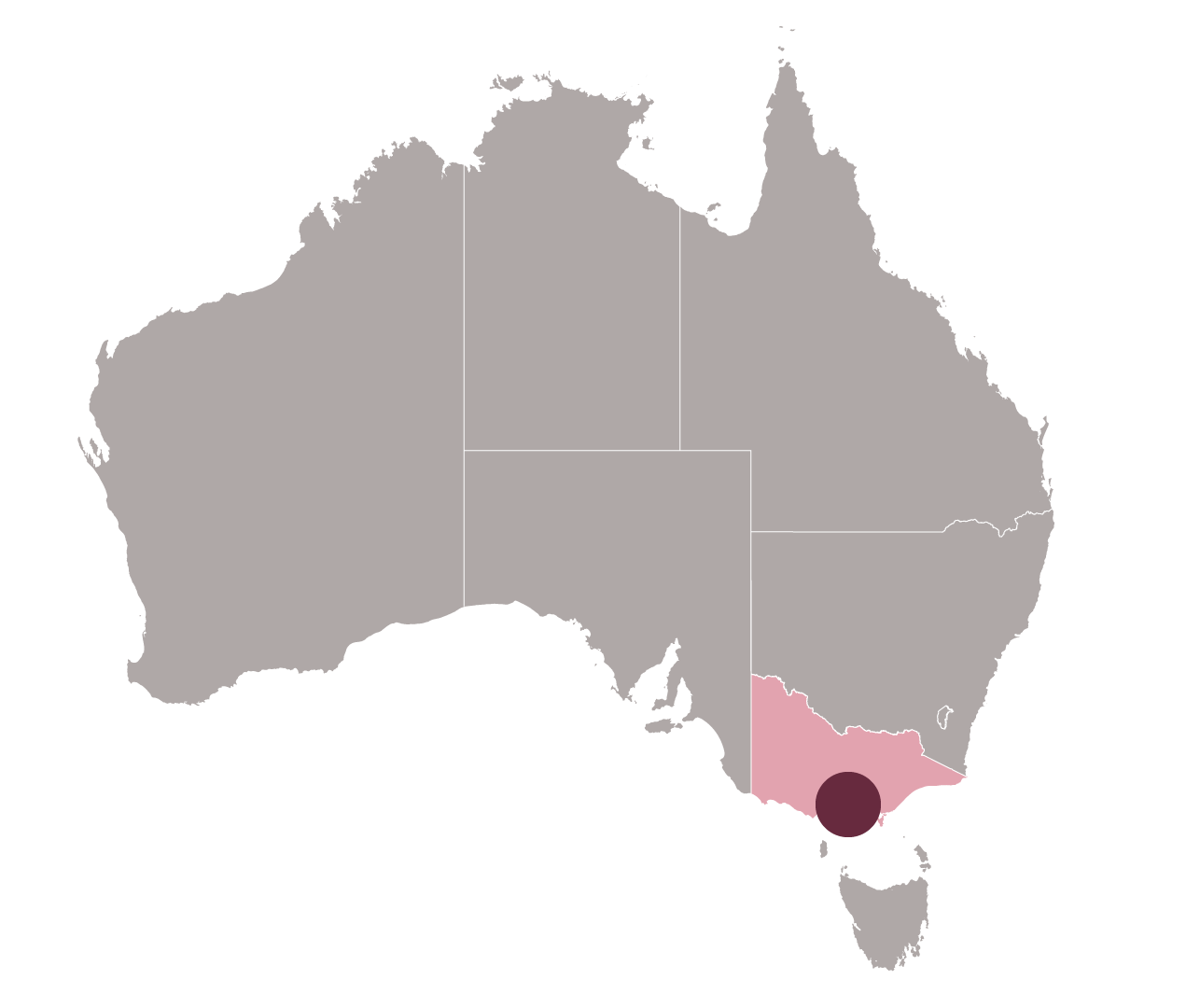Melbourne Airport to the CBD public transport capacity


The 2019 Australian Infrastructure Audit identified the corridor between the Melbourne CBD and Melbourne Airport as one of the most heavily congested in Melbourne. The Tullamarine Freeway is forecast to reach capacity in the mid 2030's. Congestion affects traffic in both directions, particularly close to the airport terminal. Analysis completed as part of the Audit estimated that travel times to the airport during peak periods will increase substantially between 2016 and 2031 (even after completion of widening the freeway in 2018).
From 2016 to 2031, travel time by car in the morning peak from the airport to the city is projected to increase by eight minutes, from 52 minutes to 60 minutes, while travel times by car in the evening peak from the city to the airport are projected to increase by 10 minutes, from 42 minutes to 52 minutes.
Melbourne’s population growth, combined with expected growth in passenger numbers at Melbourne Airport, will be key drivers of future congestion on the Melbourne CBD to Melbourne Airport corridor.
A Strategic Appraisal was completed in mid-2018, which selected the Sunshine Route as the preferred route for a rail link between Melbourne Airport and Melbourne’s CBD, referred to as the Melbourne Airport Rail (MAR). The Victorian Government, together with the Australian Government, has continued planning for the MAR through completion of a business case.
Infrastructure Australia completed a Stage 3 evaluation of the business case on 8 September 2022. The evaluation summary is available at the link below. As a result of that assessment, the proposal has not been progressed on the Infrastructure Priority List at this time.
Construction of Melbourne Airport Rail is expected to begin in 2023. Total committed funding by the State and Commonwealth is $10 billion split 50:50 with an estimated $1.6 billion funding gap.
Refer to Infrastructure Glossary for terms and definitions.